Explanation
Osaek Mineral Spring is situated 20 kilometers west of Yangyang and 7.5 kilometers southeast from Hangyeryeong Pass. The water, which springs from three base rocks by a brook, is carbonated and rich in iron. Up to 1,500 liters of iron-rich water spring out on a daily basis. Osaek became well known due to the splendid landscape leading up to the mineral spring and its location on the way to the summit of Seoraksan Mountain.
Inquiry
+82-33-672-2883
Homepage
Information Use
Contact and Information : • 1330 Travel Hotline: +82-2-1330
(Korean, English, Japanese, Chinese)
• For more info: +82-33-672-2883
Parking facilities : Available
Hours : Open 24 hr
More information
Mountain Not Access Period
Spring season (February 1 – May 15)
Fall season (November 15 – December 15)
* Mountain not access period is subject to change, therefore we advise visitors to check the details on the official website.
Areas Open to the Public
Seorak-dong ~ Ulsanbawi Rock
Osaek Mineral Spring ~ Route 44 (Yongsopokpo Falls)
Sogongwon Park ~ Biryongpokpo Falls
Yeosimpokpo Falls Entrance ~ Yongsopokpo Falls
Sogongwon Park ~ Biseondae ~ Geumganggeul Cave
Gamasolgol Valley Entrance ~ Botanic Park Entrance
Restricted Mountain Areas
Madeungryeong Pass ~ Hangyeryeong Pass
Hwangjangpokpo Falls ~ Jangsudae Terrace
Sogongwon Park ~ Huiungak Shelter (3 km section
of Sogongwon Park ∼ Biseondae Terrace is open)
Biseondae Terrace ~ Yeongsiam Hermitage
Baekdamsa Temple ~ Daecheongbong Peak
Namgyo-ri ~ Daeseungryeong Pass ~ Hangyeryeong Crossroads
Osaek Mineral Spring ~ Daecheongbong Peak
Sogongwon Park ~ Gwongeumseong Fortress
Oseam Hermitage ~ Bongjeongam Hermitage
Jujeongol Village ~ Osaek Heundeul Bawi Rock
Osaek Mineral Spring ~ Manggyeongdae Terrace
Gombaegol Village ~ Gombaeryeong Pass ~ Gangseon-ri
Danmongnyeong Pass ~ Jeombongsan Mountain ~ Gombaeryeong Pass
Hiking Course
[Biryongpokpo Falls Course / 2 hr / 2.4 km]
[Geumganggul Cave Course / 1 hr 40 min / 3.6 km]
[Ulsanbawi Rock Course / 2 hr / 3.8 km]
[Yongsopokpo Course / 1 hr / 3.2 km]
[Suryeom-dong Course / 3 hr / 11.2 km]
[Namgyo-ri Course / 7 hr 30 min / 11.3 km]
[Daecheongbong Peak Course (Osaek Mineral Spring) / 8 hr / 10 km]
[Daecheongbong Peak Course (Hangyeryeong Pass) / 11 hr 40 min / 19.3 km / 2-day course]
[Daecheongbong Peak Course (Seorak-dong) / 10 hr 20 min / 16 km / 2-day course]
[Gongnyong Ridge Course / 14 hr 10 min / 19.1 km / 2-day course]
[Heullimgol Valley Course / 2 hr 50 min / 3.3 km]
[Daecheongbong Peak Course (Baekdam) / 14 hr / 20.4 km / 2-day course]
[Gwongeumseong Fortress Course / 30 min / 1.5 km]
Available Facilities
Foot spa, food vendors, etc.
Restrooms
Available
Location
Osaek-ri, Yangyang-gun, Gangwon-do
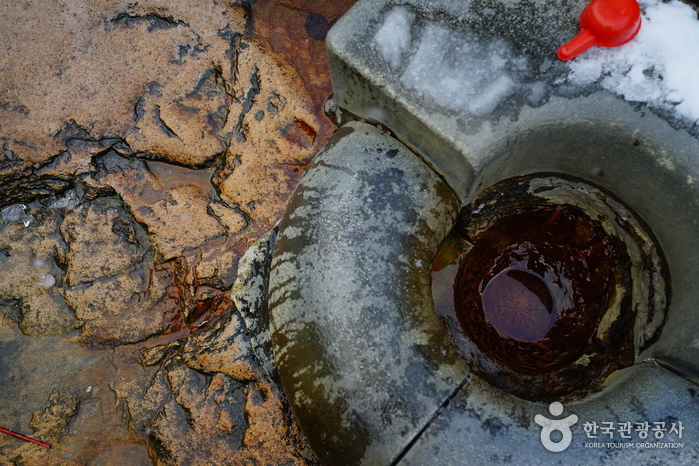
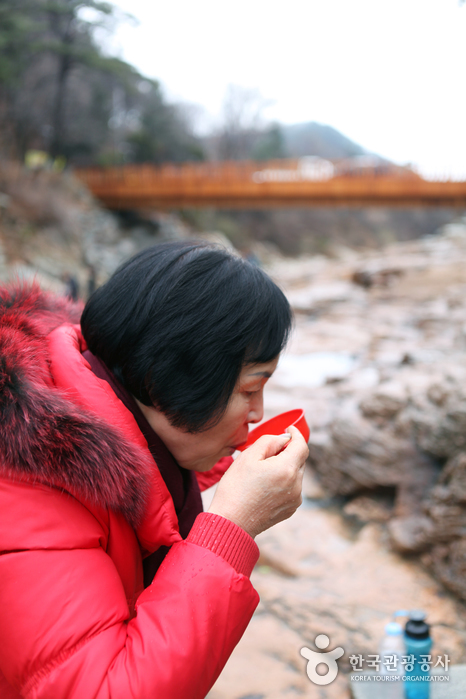
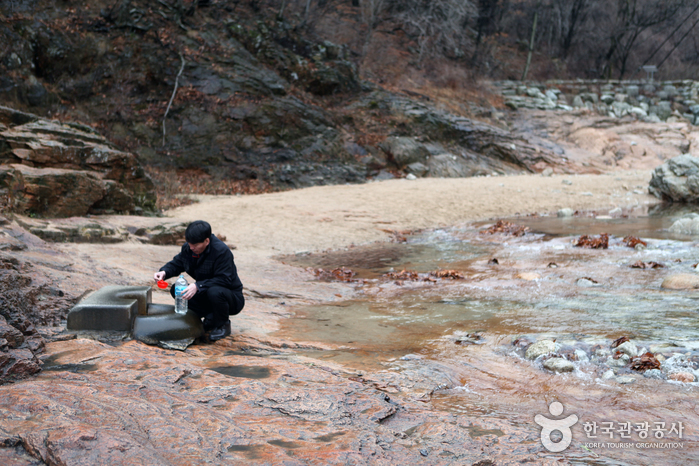
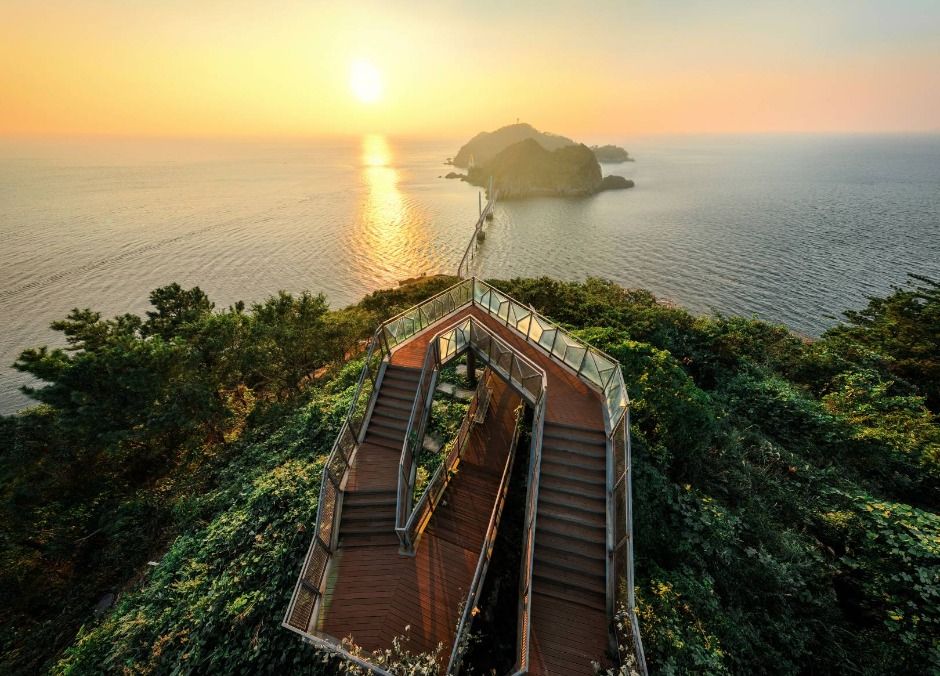
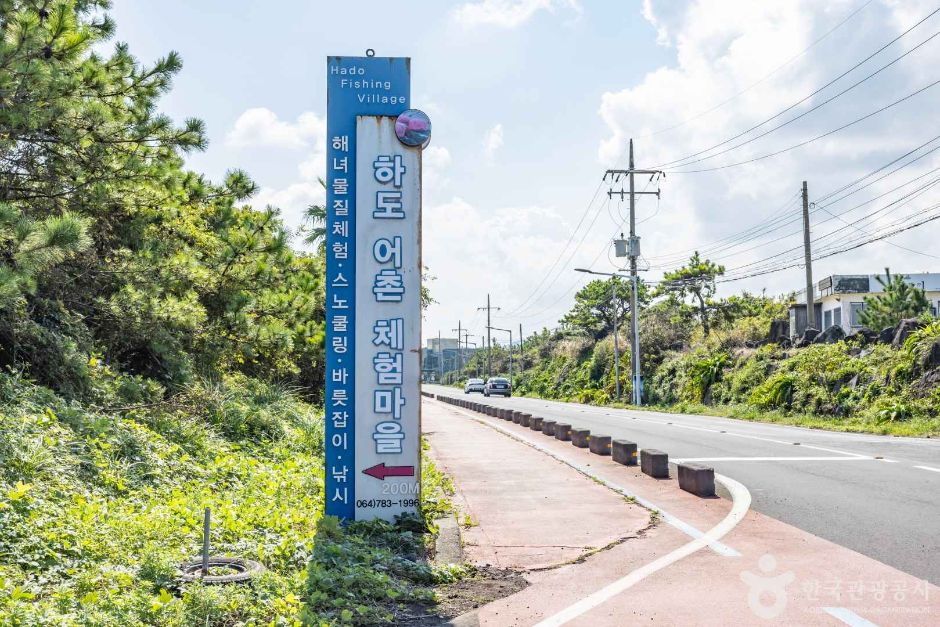
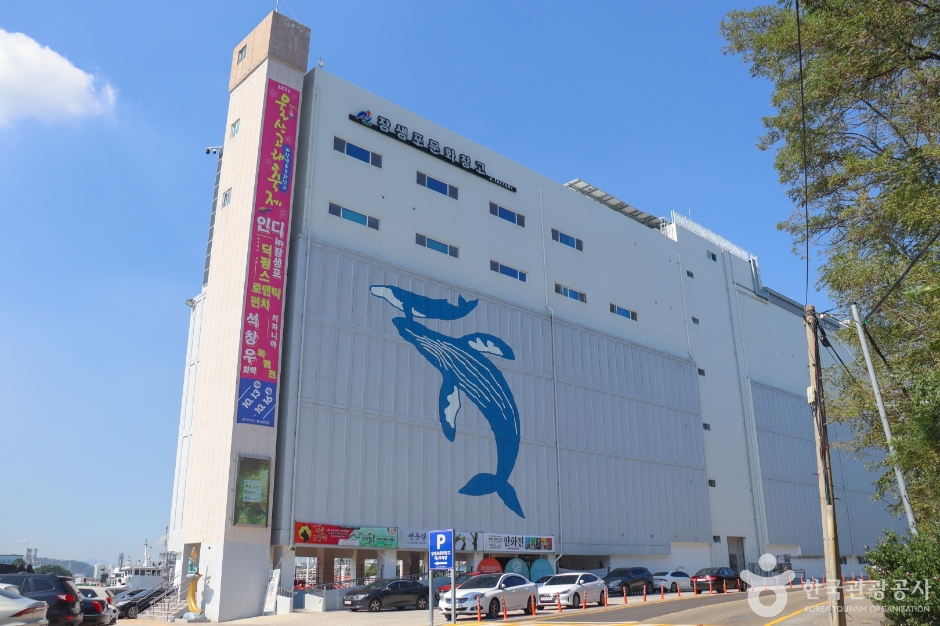
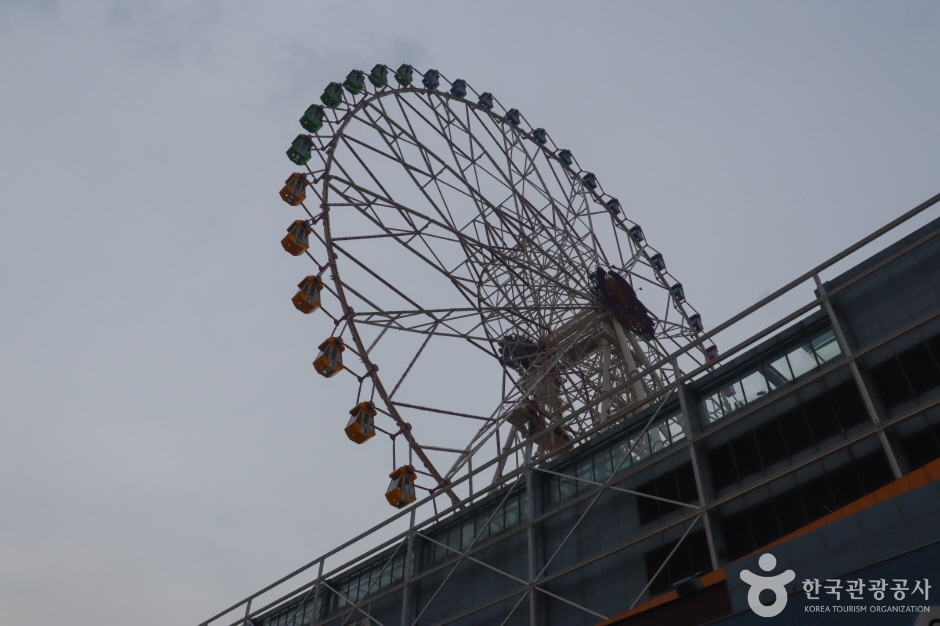

 English
English
 한국어
한국어 日本語
日本語 中文(简体)
中文(简体) Deutsch
Deutsch Français
Français Español
Español Русский
Русский